#american muscle
Text

1964 Chevrolet Corvette
1964 Chevrolet Corvette 327ci V8 4 Spd in DAYTONA BLUE

1964 Chevrolet Corvette
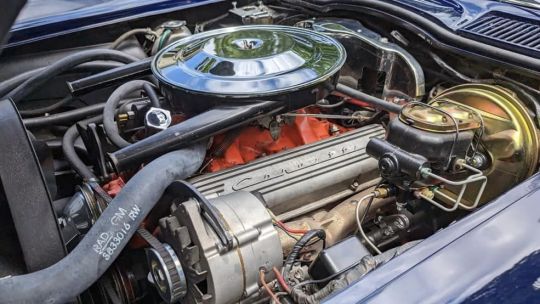
1964 Chevrolet Corvette

1964 Chevrolet Corvette
252 notes
·
View notes
Text

#charger#charger rt#rt#dodge#dodge charger#muscle car#muscle cars#musclecar#musclecars#muscle#american muscle#classic#classic car#classic cars#classic muscle#kustom kulture#kustom#custom#custom car#car#cars#pro touring#restomod#resto mod#kustomblr#hot rod#hotrod#street rod
6K notes
·
View notes
Text
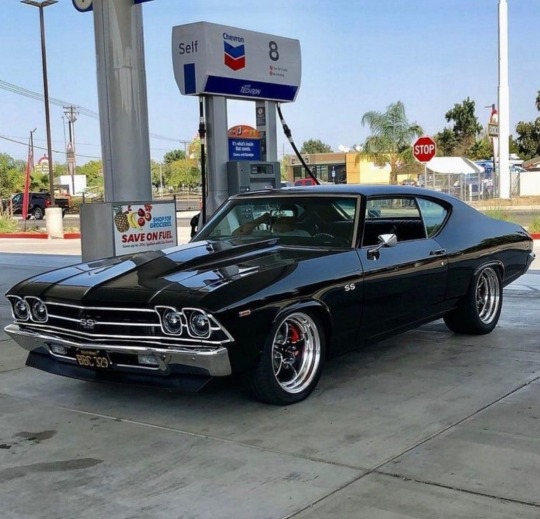
2K notes
·
View notes
Text
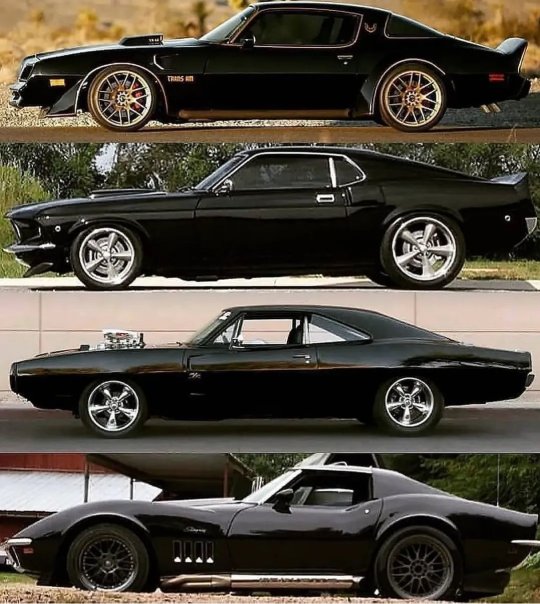
Japanese car fan, would follow @autoass on Twitter
1K notes
·
View notes
Text

1957 Ford
985 notes
·
View notes
Text
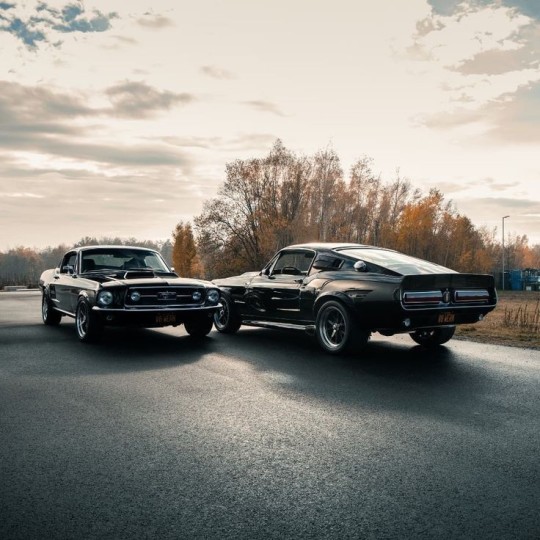
Couple 'stangs
573 notes
·
View notes
Text

#delorean#dmc#dmc12#back to the future#retro#muscle car#muscle cars#musclecar#musclecars#muscle#american muscle#cyberpunk city#cyberpunk#vaporwave#synthwave#retrowave#retrofuture#1980s#80s aesthetic#1980s aesthetic#80s#neon#neon aesthetic #aes#aesthetic#vhs#dreamwave#chillwave#noir#neonnoir
1K notes
·
View notes
Text

Lingering after the show is over. Neon glow like a Jeweler’s case!
#antique car#muscle car#67 camaro#photography#chevrolet#american muscle car#fast car#chevy team#chevy camaro#chevy#classic muscle#muscle cars#american muscle#show car
452 notes
·
View notes
Text
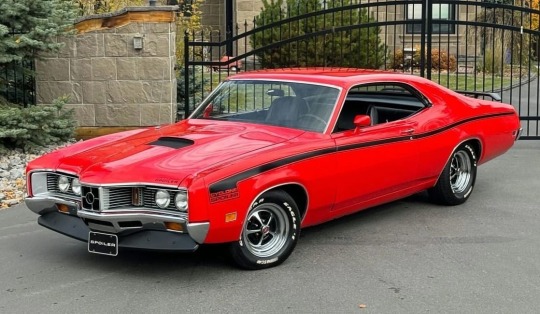
1971 Mercury Cyclone Spoiler 429 Cobra Jet
#freddie mercury#cars#car#classic car#ford#chevy#supercar#ford f 150#ford mustang#camaro#chevelle#mercury black#sailor mercury#mustang#convertible#pickup#american muscle#cadillac
639 notes
·
View notes
Text
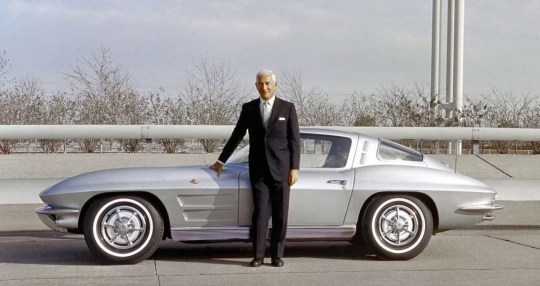
This Day In History, April 23, 1996 Zora Arkus-Duntov, Belgian-American automotive engineer, known as "the Father of the Corvette", dies at 86
Zora Arkus-Duntov (December 25, 1909 – April 21, 1996) was a Belgian-born American engineer whose work on the Chevrolet Corvette earned him the nickname "Father of the Corvette." He is sometimes erroneously referred to as the inventor of the Corvette; that title belongs to Harley Earl. He was also a professional racing driver, appearing at the 24 Hours of Le Mans four times and taking class wins in 1954 and 1955.
Arkus-Duntov joined General Motors in 1953 after seeing the Motorama Corvette on display in New York City. He found the car visually superb, but was disappointed with what was underneath. He wrote Chevrolet chief engineer Ed Cole that it would be a pleasure to work on such a beautiful car; he also included a technical paper which proposed an analytical method of determining a car's top speed. Chevrolet was so impressed, engineer Maurice Olley invited him to come to Detroit. On May 1, 1953, Arkus-Duntov started at Chevrolet as an assistant staff engineer.
Shortly after going to work for Chevrolet, Arkus-Duntov set the tone for what he was about to accomplish in a memo to his bosses. The document, "Thoughts Pertaining to Youth, Hot Rodders and Chevrolet", laid out Duntov's views on overcoming Ford's lead in use by customizers and racers, and how to increase both the acceptance and the likelihood of success of the Chevrolet V8 in this market. In 1957 Arkus-Duntov became Director of High Performance Vehicles at Chevrolet. After helping to introduce the small-block V8 engine to the Corvette in 1955, providing the car with much-needed power, he set about showcasing the engine by ascending Pike's Peak in 1956 in a pre-production car (a 1956 Bel Air 4-door hardtop), setting a stock car record. He took a Corvette to Daytona Beach the same year and hit a record-setting 150 mph (240 km/h) over the flying mile.[citation needed] He also developed the famous Duntov high-lift camshaft and helped bring fuel injection to the Corvette in 1957. He is credited with introducing the first mass-produced American car with four-wheel disc brakes.
A conflict arose between Duntov and Chevrolet chief designer Bill Mitchell over the design of the new C2 Corvette "Sting Ray" model. Mitchell designed the car with a long hood and a raised windsplit that ran the length of the roof and continued down the back on a pillar that bisected the rear window into right and left halves. Duntov felt that the elongated hood interfered with the driver's view of the road ahead, and the rear pillar obscured the driver's view rearwards. The split rear window was widely criticized, and a one-piece backlite was put in its place the next year.
#Zora Arkus-Duntov#Arkus-Duntov#car#cars#muscle car#american muscle#chevrolet#chevy#chevrolet corvette#corvette
80 notes
·
View notes
Text

#camaro#muscle car#muscle cars#musclecar#musclecars#muscle#american muscle#classic#classic car#classic cars#kustom kulture#kustomblr#kustom#kustomstyle#custom#custom car#car#cars#pro touring#resto mod#street rod#hot rod#hotrod#rod#street machine
4K notes
·
View notes
Text

The SD-455 engine was originally earmarked for the 1973 Formula, Trans Am, LeMans, GTO, Grand Am, and Grand Prix. As the model year began, hundreds of orders were taken for SD-455 equipped cars, but due to delays certifying the engine for emissions, by March 1973 not a single SD-455 order had been filled. Pontiac thought about simply killing the project entirely and taking the loss, but enthusiastic engineers and marketeers suggested that since SD-455 engines had been built, it was more cost effective to sell them instead of scrapping them.
By February 1973 there were 673 outstanding orders (483 by customers) for SD-455 equipped cars. Pontiac conducted a survey to determine the status of the orders :
• About 50% of the customers stated the reason they ordered their Pontiac in the first place was for the SD-455 engine.
• 198 customers were still waiting for their order to be filled.
• 145 customers bought the same model, but with a lesser engine (almost all opted for the 455).
• 52 customers bought another car (21 were Pontiacs)
• 78 customers cancelled their order
• others did not reply
With a limited supply of engines, in March 1973 Pontiac announced the cancellation of the SD-455 for all models except Formula and Trans Am. By year end, 43 Formulas and 252 Trans Ams received the SD-455, and there was one 1973 Grand Am SD-455 built as a pilot car.
#trans am#firebird#ta#firebird trans am#pontiac#formula#sd455#70s#muscle car#muscle cars#musclecar#musclecars#muscle#american muscle#classic#classic car#classic cars#classic muscle#car#cars#racecar#1970s#1970s aesthetic#vibes#good vibes#style#lifestyle#aes#aesthetic#aesthetics
892 notes
·
View notes
Text
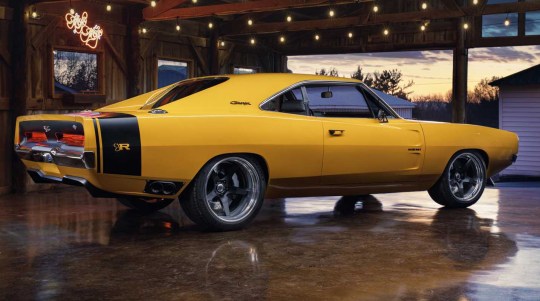


#dodge#dodge charger#charger#captiv#ringbrothers#dodge charger captiv#muscle car#muscle cars#american muscle#tuning#modified#modified cars#cars#classic#classic restoration#restoration
558 notes
·
View notes
Text


1966 Pontiac Tempest.
#classic cars#cars#american cars#pontiac#pontiac tempest#gto#american muscle#muscle cars#muscle car#general motors#gm#Detroit#made in detroit#antique car#antique
553 notes
·
View notes
Text

219 notes
·
View notes
Text


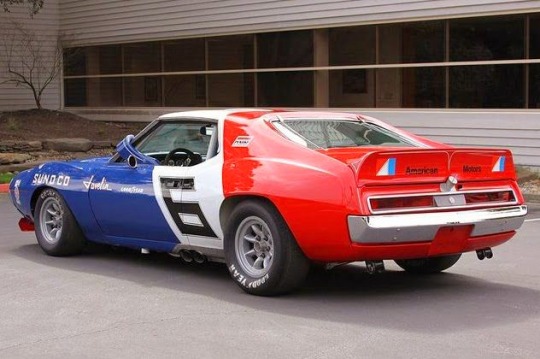


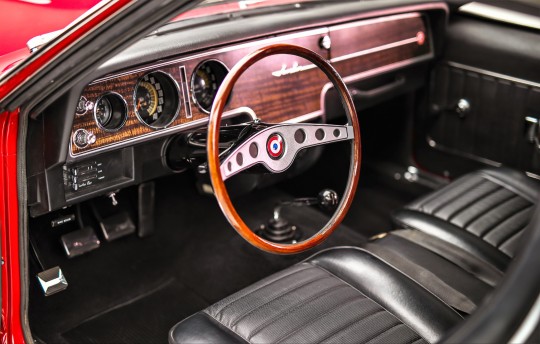
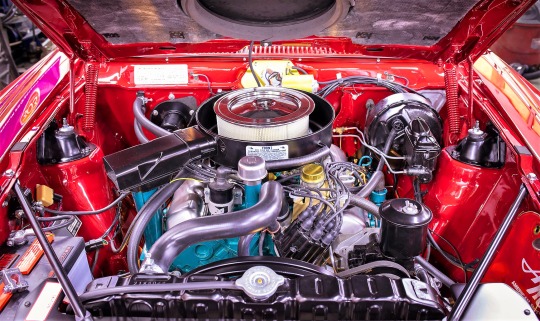
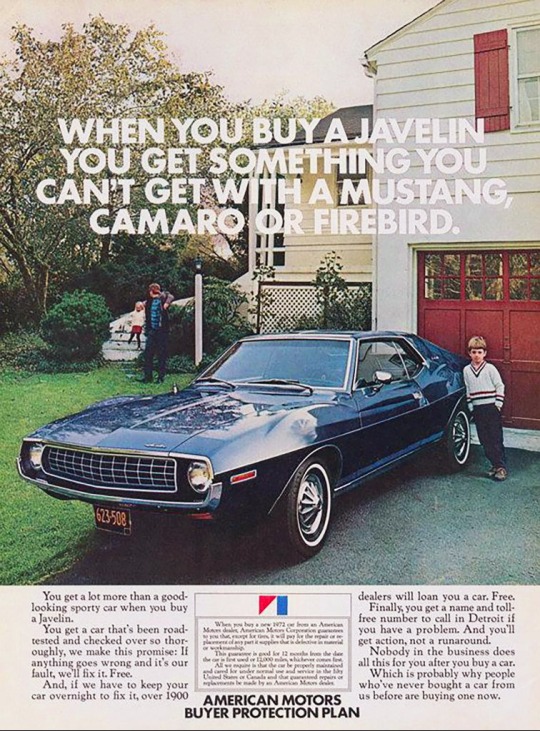
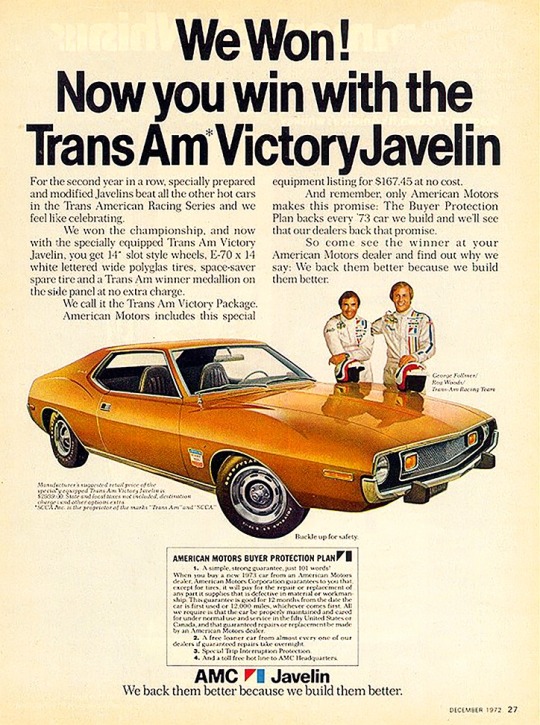

🇺🇲 Step back in time and experience the roar of the iconic AMC Javelin, a true legend of American muscle cars! Introduced in 1967 by American Motors Corporation (AMC), the Javelin was a front-engine, rear-wheel-drive, two-door hardtop automobile manufactured across two generations, spanning from 1968 through 1970 and then from 1971 through 1974 model years. It was designed to compete in the pony car market segment against rivals like the Ford Mustang and Chevrolet Camaro.
🚗💨 The AMC Javelin burst onto the scene in 1968, showcasing a sleek design and powerful engines. Styled by Dick Teague, the Javelin offered a range of trim and engine levels, from economical pony car variants to high-performance muscle car models. Its distinctive appearance, featuring a long hood and aggressive stance, turned heads on the streets and racetracks alike.
🏭 Besides being manufactured in Kenosha, Wisconsin, Javelins were also assembled under license in Germany, Mexico, the Philippines, Venezuela, and Australia, showcasing its global reach. American Motors even offered discounts to U.S. military personnel, leading to many Javelins being exported overseas.
🛞 Under the hood, the Javelin packed serious power. It was available with inline-six engines or potent V8s, delivering thrilling acceleration and speed. The AMX variant, equipped with a 6.4-liter V8, boasted over 300 horsepower!
🏆 The AMC Javelin wasn't just about looks—it excelled on the track too. It competed in Trans-Am racing, demonstrating its speed and agility. In fact, the second-generation AMX variant was the first pony car used as a standard vehicle for highway police car duties by an American law enforcement agency. Today, the Javelin's unique style and racing heritage make it a sought-after classic among collectors.
💔 By 1974, the automobile landscape had shifted. While other manufacturers downsized engines in response to changing market demands and fuel shortages, the Javelin's big engine option continued until production ceased in November 1974 amidst the Arab oil embargo and declining interest in high-performance vehicles.
🦅 The AMC Javelin embodies the spirit of American muscle cars, blending style, performance, and affordability. It's a timeless classic that continues to capture the hearts of car enthusiasts everywhere. Get ready to hit the road and experience the thrill of the AMC Javelin!
#brits and yanks on wheels#retro cars#transatlantic torque#vehicle#cars#old cars#brands#companies#automobile#american cars#amc#american motors#american muscle#amc javelin#javelin#muscle car#pony car#race car#trans am#old car#classic cars#car#american auto#automotive#chevrolet camaro#chrysler#wisconsin#kenosha#made in usa#ford mustang
233 notes
·
View notes